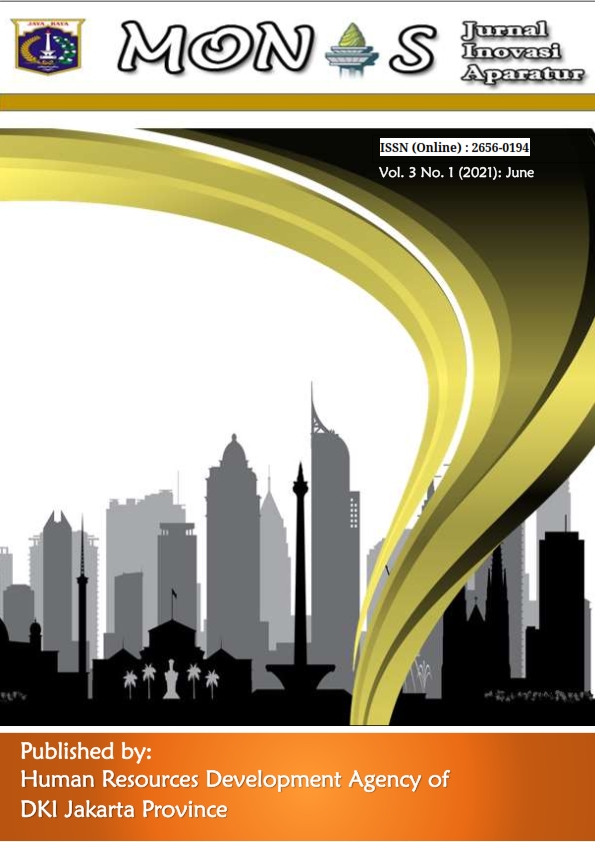The Transformation of social aid during large-scale social restrictions and public activity restriction
DOI:
https://doi.org/10.54849/monas.v3i1.69Keywords:
social aid, pandemic COVID-19, Large-Scale Social Restriction, Public Activity RestrictionAbstract
The COVID-19 pandemic has affected 220 countries and territories in the world. Based on WHO data as of June 25, 2021, as many as 179 million people have been infected and 3.89 million people have died. Lockdown policies, border closures, flight restrictions and social restrictions have been implemented to prevent the spread of COVID-19. The Government of Indonesia applied the Large-Scale Social Restrictions policy in 2020, and has implemented a Public Activity Restriction policy since 2021. Some impacts include the decrease of economic activity, the increase of unemployment, and the growth of poverty rates. To minimize the negative impacts of the COVID-19 pandemic, the government then applied a social safety net program by providing social aid to the poor and affected communities. This study aims to explain the transformation of social aid in the era of the COVID-19 pandemic when the Large-Scale Social Restriction and Public Activity Restriction were and are implemented. To answer this, a descriptive qualitative analysis method was used. The results of this study indicate that there has been a transformation of social aid in the form of synergies between central government and local governments, regulations adjustments, the increment of aid recipients, the increase of social aid rate, the alteration of aid types from basic food to cash, data update, the changes in aid distribution mechanisms, the collaboration among various stakeholders and the innovation in using information technology systems.
Downloads
Published
Issue
Section
License
Authors who publish in this journal agree to the following terms:
- Authors retain copyright and grant the journal right of first publication with the work simultaneously licensed under a Creative Commons Attribution-NonCommercial-ShareAlike 4.0 International License that allows others to share the work with an acknowledgement of the work's authorship and initial publication in this journal.
- The journal allows the authors to hold the copyright without restrictions and to retain publishing rights without restrictions.
- Authors can enter into separate, additional contractual arrangements for the non-exclusive distribution of the journal's published version of the work (e.g., post it to an institutional repository or publish it in a book), with an acknowledgement of its initial publication in this journal.








